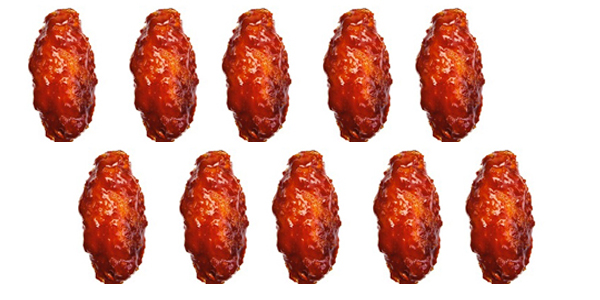Tell me about a day/week in your life: [My days] vary so much that it's hard to describe. Lots of travel. Lots of managing. Lots of cooking both at home and on the road and in my restaurants.
What has been your greatest success/accomplishment: I honestly feel that my most glowing accomplishment is employing people. At the end of the day I can create great food and serve smart beverages, but being an important cog in the machinations of the economy makes me proud.
Where do you see yourself/your restaurants in five years: I am lucky that I have found a topic to busy myself everyday so in 5 years time I hope to still be infatuated utterly and completely by food. I would think that I will be writing more, running restaurants and cooking food, much like I do every day now.
What do you love about living in the South:The South has a cadence to it that suits me. It is a community of food that is only getting better through looking back on its successes and failures, and contrary to many food cultures in the USA, there is a trove of reading material documenting food in the South. I adore the region for its core dedication to the seasons, its understanding of the beautiful simplicity of good food, and its unapologetic response to being treasured and chastised for the food we serve.
What is your favorite food? Guilty pleasure? Fried chicken thighs with lots of hot sauce. Love ‘em.
Do you have any signature dishes or prized family recipes: Red beans and rice. Cucumber and radish salad. Great, simple Caesar salad that my Dad taught me years ago.
Describe your most epic food memory: Eating at Schwartz’s in Montreal. It’s like eating history. I love simple but epic.
Tell me about your favorite family food tradition: Christmas dinner: standing rib roast, Yorkshire pudding, roast potatoes, turnips, carrots and greens. Gravy. Every year.
What/who currently inspires you (music, chefs, art, places, etc):
—Grant Achatz. Sheer talent that never stops.
—Bob Mould, singer from Husker Du. Toughest man in the business. What a life.
—Traveling inspires me. Sitting on planes inspires and amazes me. You’re 36,000 feet in the air traveling 600 miles an hour. That’s crazy.
How has James Beard and/or the foundation/awards affected you and your career: It has given credence to the hours we put in, for us and our wonderful people. It has given our decisions a nod that those crazy ideas were actually great ones. It also has given me a community to aspire to and team with resulting in lifelong friendships in my chosen profession.
(NOW FOR THE FUN PART!) What recipes from The Essential James Beard speak to you:
—Cold Minted Pea Soup (page 41): I love peas and this recipe pinpoints the idea of putting a season in a bowl. It’s a timeless, simple ode to the pea.
—Carrots Vichy (page 229): Love carrots. I also love Beard’s straight forward writing when it comes to admonishing people for cooking badly: “I’m sure the reason most of us shun carrots is that they are prepared so indifferently in restaurants.” Tell us how you really feel, James.
—Choucroute Garnie (p. 108): Maybe it’s because, like cassoulet, this is a multiple step recipe that goes against every convenience in America in the last fifty years but I love the dedication to the idea that all food is not easy and quick... great cooking takes time. It’s also probably the smells in my kitchen right now where I am processing quarts of sauerkraut for winter in our pressure cooker. Smells like something the bog guy would love.
 Simple is best. When it comes to cooking that is usually the case, however behind every great chef lies a few well-kept secrets. Thankfully, I love nothing more than uncovering their hidden gems. I am constantly tampering with obscure ingredients from sometimes-shady internet sources. (Like, there may or may not be contraband vanilla extract in my pantry that arrived in an unmarked envelope from the depths of Mexico...)
Simple is best. When it comes to cooking that is usually the case, however behind every great chef lies a few well-kept secrets. Thankfully, I love nothing more than uncovering their hidden gems. I am constantly tampering with obscure ingredients from sometimes-shady internet sources. (Like, there may or may not be contraband vanilla extract in my pantry that arrived in an unmarked envelope from the depths of Mexico...)


